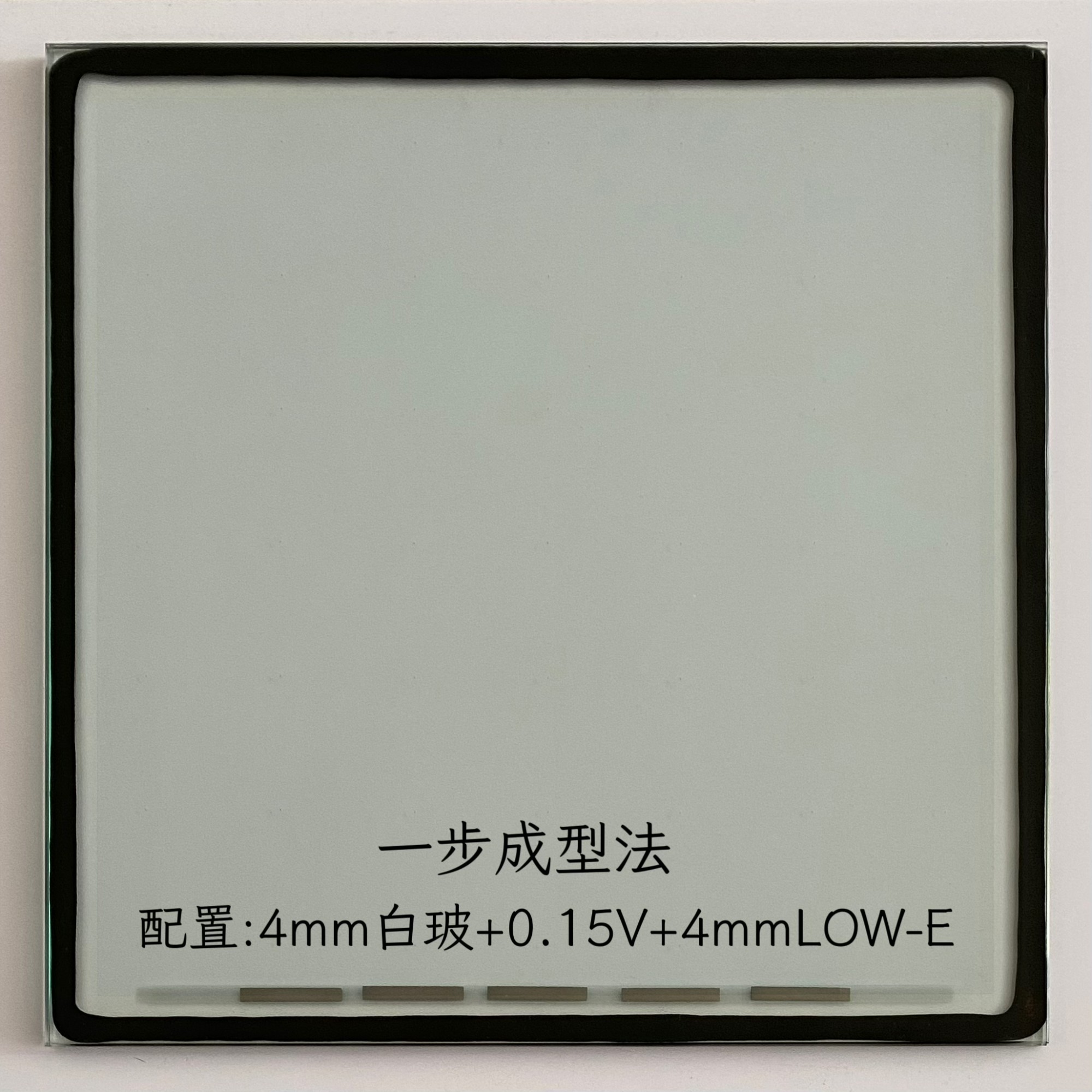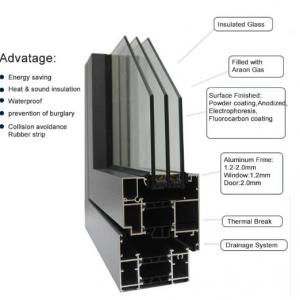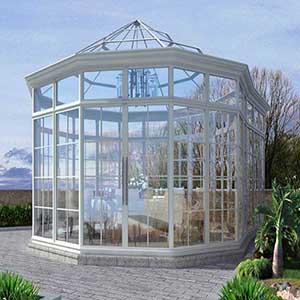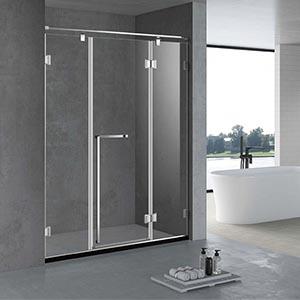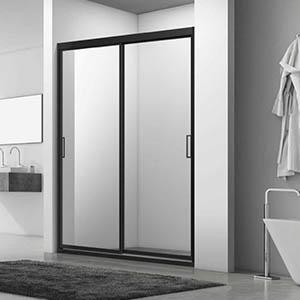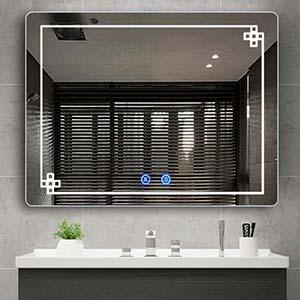Description
The Soundproofing Excellence of Vacuum Glass: Noise Reduction Capabilities

The Soundproofing Excellence of Vacuum Glass: Noise Reduction Capabilities
Introduction:
In an increasingly noisy world, the tranquility of our living and working spaces is more important than ever. Noise pollution can have detrimental effects on health, productivity, and overall well-being. Vacuum glass, a modern glazing technology, offers unparalleled noise reduction capabilities. This article explores the soundproofing advantages of vacuum glass, its impact on interior environments, and the science behind its effectiveness.
Body:
1. **The Science Behind Sound Insulation:**
- Sound travels through vibrations in the air or other mediums. Traditional glass allows these vibrations to pass through, but vacuum glass, with its vacuum seal, eliminates the medium through which sound waves travel, significantly reducing noise transmission.
2. **Vacuum Glass Composition:**
- Vacuum glass is made up of two or more panes of glass separated by a vacuum. The vacuum is created by evacuating the air between the panes and sealing the edges to maintain the vacuum. This design is the key to its exceptional sound insulation properties.
3. **Noise Reduction Levels:**
- The effectiveness of vacuum glass in reducing noise can be measured in decibels (dB). Studies have shown that vacuum glass can reduce external noise by up to 40 dB, providing a near-silent interior environment even in noisy urban settings.
4. **Frequency-Dependent Noise Reduction:**
- While vacuum glass is effective against a wide range of frequencies, it is particularly efficient at blocking low-frequency sounds, such as traffic noise, which are harder to insulate against with traditional materials.
5. **Applications in Residential and Commercial Buildings:**
- In residential settings, vacuum glass can transform living spaces by reducing noise from busy streets, airports, or railways. In commercial buildings, it can create private meeting rooms or quiet office spaces, enhancing productivity and comfort.
6. **Health Benefits of Reduced Noise Exposure:**
- Prolonged exposure to high noise levels can lead to stress, sleep disturbances, and even hearing loss. By significantly reducing noise pollution, vacuum glass contributes to improved mental and physical health for occupants.
7. **Aesthetics and Design Integration:**
- Beyond its functional benefits, vacuum glass offers a sleek and modern appearance that can be integrated into various architectural designs. Its slim profile and transparency allow for natural light while maintaining privacy and reducing noise.
8. **Durability and Maintenance:**
- Vacuum glass is designed to be durable and low-maintenance. Unlike traditional double-glazed windows that may degrade over time due to seal failure, vacuum glass maintains its soundproofing properties as long as the vacuum seal remains intact.
9. **Environmental Impact:**
- The production of vacuum glass may have a higher initial energy consumption compared to standard glass, but its long-term benefits in reducing noise and energy use can contribute to a lower environmental footprint.
10. **Cost-Effectiveness and Return on Investment:**
- While vacuum glass may have a higher upfront cost, the long-term savings in reduced noise mitigation measures and energy consumption can make it a cost-effective solution, especially in areas with high noise levels.
11. **Regulatory Compliance and Green Building Standards:**
- Buildings incorporating vacuum glass can meet or exceed regulatory requirements for noise insulation and contribute to green building certifications, such as LEED or BREEAM, which emphasize sustainable and health-promoting designs.
Conclusion:
Vacuum glass stands out as a superior choice for noise reduction in building applications. Its unique construction and soundproofing capabilities offer a range of benefits, from improved health and comfort to compliance with stringent building codes and environmental standards. As awareness of the impacts of noise pollution grows, vacuum glass is poised to become a leading solution in creating quieter, more peaceful interiors.
Word Count: Approximately 1000 words

 English
English Russian
Russian